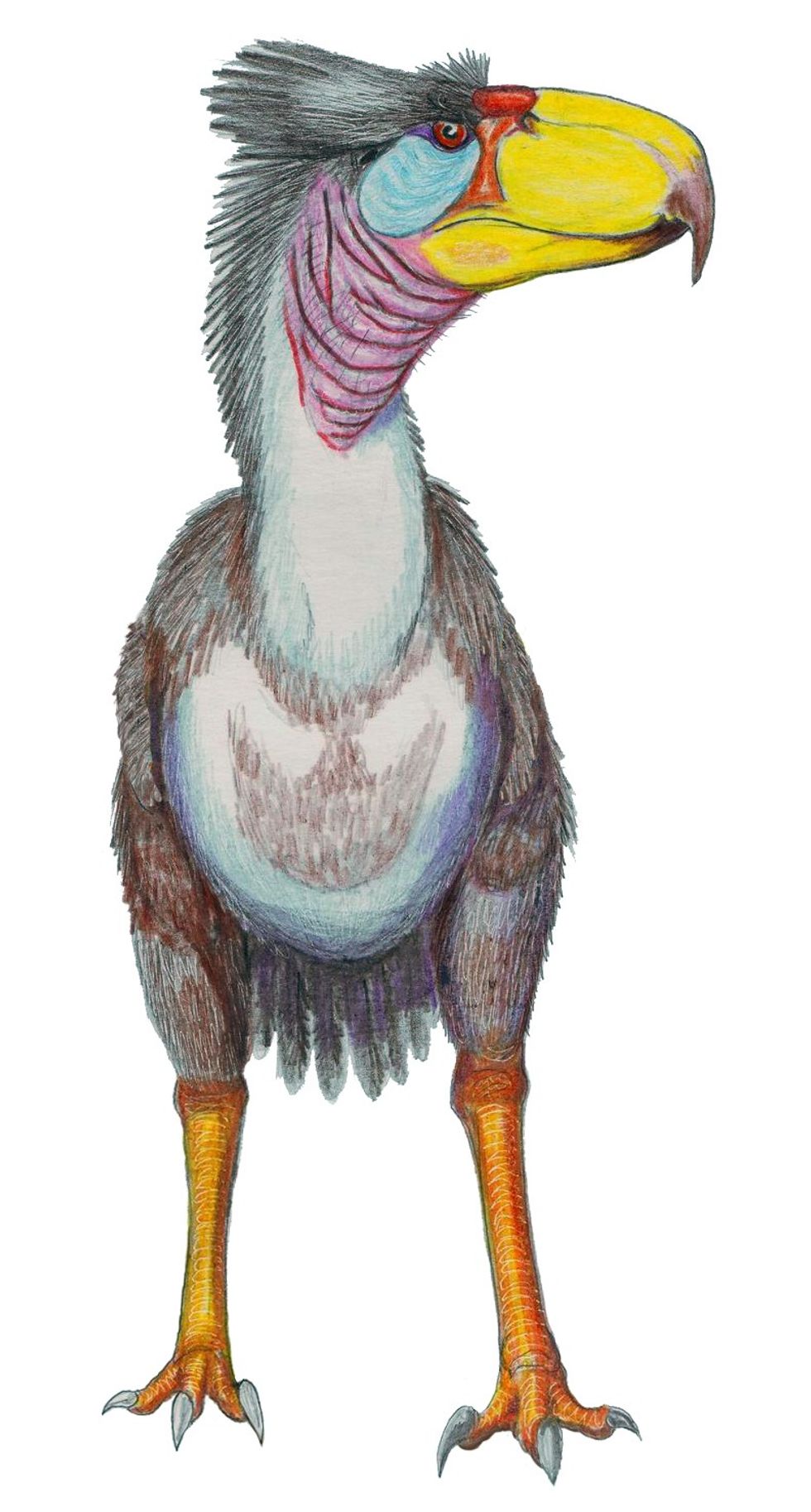Prehistoric 'terror bird' killed by reptile 13 million years ago, new analysis suggests

Analysis shows the bird's final moments
Don't Miss
Most Read
Fossilised tooth punctures discovered on an ancient bird's leg bone have unveiled a violent confrontation between prehistoric giants in what is now Colombia's Tatacoa Desert.
Researchers examining the 13-million-year-old remains identified bite marks that suggest a massive terror bird met its end in the jaws of an even larger predator.
The bone fragment, originally discovered by fossil collector César Augusto Perdomo approximately 15 years ago, has now been subjected to detailed analysis.
Scientists from Universidad de Los Andes in Bogotá employed advanced 3D scanning techniques to examine the distinctive puncture wounds, ultimately linking them to an extinct species of giant caiman.
Terror birds stood as formidable hunters during their era, reaching heights comparable to modern humans whilst wielding formidable talons and curved beaks designed for tearing flesh.
These avian predators dominated the ancient wetlands where Colombia's arid Tatacoa Desert now lies.
Through meticulous comparison with museum specimens of prehistoric crocodilian skulls and dentition, the research team determined the attacker's identity.
Their findings, detailed in the journal Biology Letters, point to Purussaurus neivensis - an extinct caiman measuring up to five metres in length.
 Prehistoric 'terror bird' killed by reptile 13 million years ago, new analysis suggests
Prehistoric 'terror bird' killed by reptile 13 million years ago, new analysis suggestsDigital reconstruction of the bite patterns enabled scientists to piece together what they describe as a fatal confrontation between these ancient rivals.
The unfortunate terror bird, standing approximately 2.5 metres in height, possessed formidable hunting adaptations including robust limbs and a hooked beak capable of shredding prey.
Yet these fearsome attributes proved insufficient against the ambush tactics of its aquatic adversary.
"I would imagine it was waiting for prey to be nearby," Dr Andres Link, the study's principal investigator said.
The absence of healing indicators on the puncture wounds confirms the encounter's fatal outcome.
"There is no sign of healing in the bite marks on the bone," Dr Link noted.
"So if it wasn't already dead, it died in the attack.
That was the last day that bird was on this planet - then a piece of its leg bone was found 13 million years later."
During the Middle Miocene epoch, the region functioned as a humid marshland where river deposits preserved skeletal remains that endure today.
This particular fossil represents uncommon documentation of interactions between extinct apex predators, offering researchers valuable insights into prehistoric ecosystems.
The findings challenge previous assumptions about terror birds' dominance in their environment.
Despite their imposing stature and predatory adaptations, these avian hunters faced significant threats from aquatic ambush predators.
"Every piece of a body helps us to understand so much about life on the planet in the past," Dr Link told BBC News.
"That's something that amazes me - how one tiny bone can complete the story."











